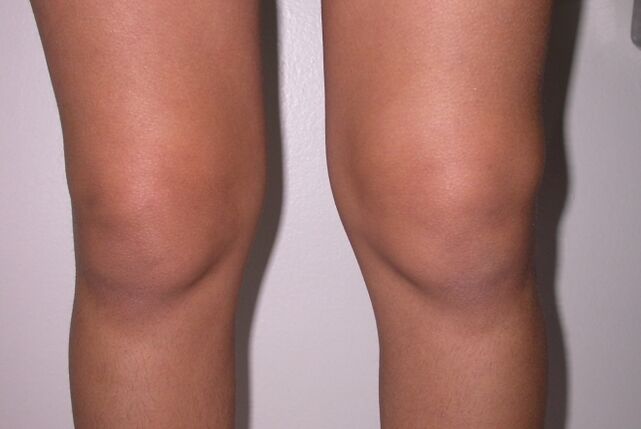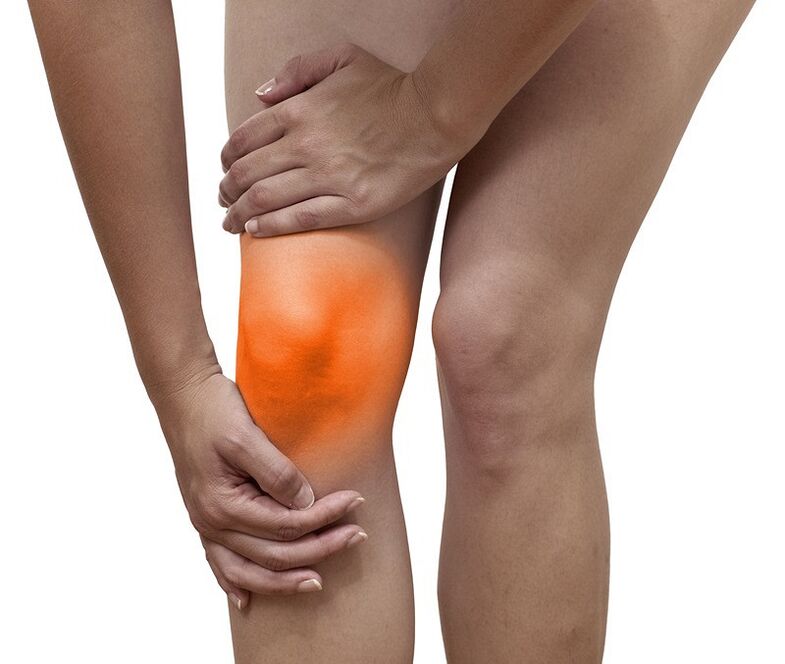Related, and sometimes interconnected, joint disorders - Arthritis and arthropathy share many similarities and differences. However, it is only after a series of diagnostic studies that it is possible to determine which disease a person will develop. The etiology of these lesions varies, and the treatments for joint disease and arthritis vary. Using alternative treatments for such diseases is not only useless, but dangerous.
Compare features
The development of arthritis and joint disease occurs under the influence of various factors. But these diseases have one thing in common - they can negatively affect human health, causing unpleasant symptoms and discomfort. Both conditions can cause inflammation of the joints, disrupting their function so a person cannot move properly.
The symptoms of arthritis and joint disease are very similar, but there are also characteristics of each disease.
What causes arthritis?

Main causes of joint disease:
- Physical pathological disorders;
- Infectious or autoimmune disease;
- Complications from past infections;
- Metabolic or exchange changes.
Rarely, rheumatoid arthritis or polyarthritis occurs as a result of trauma, disruption of joint integrity. As the pathology progresses, inflammation of the synovium and fluid develops. Produces a lot of lubricant, causing swelling in joints such as hands, feet, and knees. Changes are observed in cartilage tissue - they appear eroded. Due to this pathological process, the bones are exposed.
Causes of joint disease
The disease is characterized by degenerative and dystrophic changes that affect the cartilage on the articular surfaces of bones. Pathology is more often diagnosed in older adults. The main predisposing factors are age-related changes, during which physiological thinning and cartilage wear occur. But sometimes osteoarthritis or joint disease of the arms or legs can affect very young people whose lifestyles are associated with excessive physical stress on the joints.
characteristic symptoms

Sometimes unique symptoms help to pre-diagnose a specific disease. To differentiate which disease a patient develops, disease localization helps:
- Osteoarthritis is characterized by inflammation of the large joints of the feet, knees, and hips. In far fewer cases, the pathology affects the joints of the fingers. Worse yet, when the violation affects the intervertebral joints.
- In arthritis, different joints become inflamed. Pathological changes can occur simultaneously in multiple asymmetric joints, which are not observed in arthropathy.
The first signs of arthritis and joint disease are different. If a person develops arthritis, the pain is mostly disturbed when resting, resting, or sleeping. Waking up feeling stiff and uncomfortable. Arthropathy can cause pain with activity, and the discomfort in the legs disappears after rest.
Another difference between arthritis and knee arthropathy is the appearance of the diseased joint. Degree 1 arthropathy is characterized by no apparent changes, however, as the pathology progresses, the joints deform and develop cracks. If arthritis develops, the joints in the legs and feet immediately become swollen and hot. The patient's overall health is disturbed, with weight loss and increased body temperature.
Differential diagnosis
The choice of drugs for the treatment of joints depends on the type of pathology. Therefore, you need to know how to differentiate between arthropathy and ankle arthritis. To do this, the patient must undergo several such diagnostic tests:
- General blood and urine tests;
- Biochemical studies of plasma;
- Rheumatism check;
- X-rays of the affected joints in the arms and legs;
- CT or MRI diagnosis of soft tissue.
medical treatement
To cure both diseases, NSAIDs are recommended. They provide first aid to diseased joints and relieve inflammation and pain. For arthropathy, an effective treatment is cartilage regeneration. Adjunctive treatment with chondroprotective agents, lauric acid, physiotherapy procedures, folk remedies.
When diagnosing arthritis, eliminate the cause of inflammation and eliminate pain. Due to the contagious nature of the disease, treatment with drugs, antibiotics is used. Hormonal drugs and cytostatics are prescribed if the pathology is caused by an immune disorder.
The main contraindications to acute arthritis are massage and physical therapy.
treatment at home
Folk remedies for arthritis and joint disease include the use of herbs, eggshells, propolis, garlic dressings, and bay leaf decoctions. Traditional medicine sometimes recommends herbal remedies that are more dangerous and toxic than some medicines. All prescriptions and their ingredients must be approved by a doctor. Comprehensive treatment of arthritis and joint disease should aim to prevent inflammatory complications and alleviate the patient's condition.
What is the difference between arthritis and joint disease?
It is difficult to determine which disease is more serious. Both pathologies have similar and unique features. The following table shows the characteristics of each disease:
| symbol | arthritis | joint |
|---|---|---|
| pain | Acute, painful, movement-independent nature | dull, penetrating, aggravated by exercise |
| stiff in the morning | Express | Sometimes it's cumbersome, but it doesn't last longer than 30-40 minutes. |
| redness and fever | Have | sometimes |
| puffiness | Yes | rare |
| crunch, click | no | Have |
| deformation | in advanced cases | Yes |
| Movement restrictions | Yes | Yes |


















